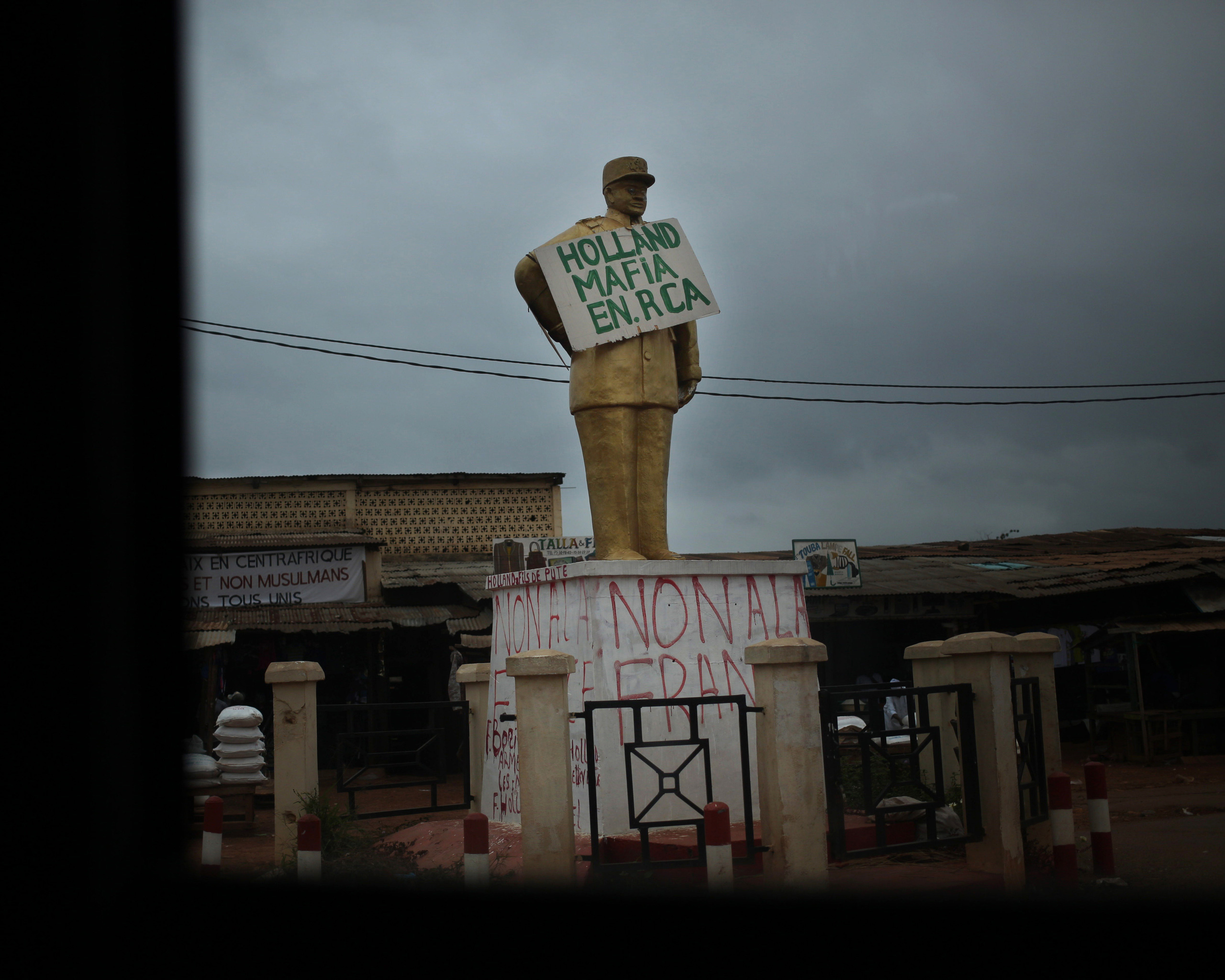Tanya Bindra
Tanya Bindra
Tanya Bindra
United States
United States
United States
Series: Vigilantism and Vengeance in the Central African Republic
Series: Vigilantism and Vengeance in the Central African Republic
Series: Vigilantism and Vengeance in the Central African Republic
In 2013, the Central African Republic plunged into a brutal conflict that saw thousands killed after the Muslim-majority Seleka militia overthrew the government. Nearly seven years later, over one million are still displaced. The grievances that prompted the coup d’état still incite violence today, with the Seleka and the opposing Christian-majority Anti-Balaka movement splintering into a decentralized constellation of local armed groups vying for territory and power.
—Violence is not new to the Central African Republic; of the last five elections since independence, all but one has resulted in a coup. Dispatches over the years refer to the country as a failed state and point to a Muslim and Christian divide to account for the atrocities. But violence is a longstanding social practice of popular punishment, a norm established in the absence of strong state security laws to provide a sense of social cohesion and order when the state fails to protect its citizens. The origins of vigilantism are complex but an understanding of the interplay between local politics, marginalization of rural communities, and politicization of ethnoreligious identity tells one part of the story.
—Given the legacies of French colonialism and the chronic underdevelopment of government institutions it advanced, the impact the international community has on driving inter-communal violence tells another. As the global community continues to expand its presence through a UN peacekeeping mission and NGO’s, diamond and arms dealing, it’s imperative to ask how foreign influence erodes state structures, contributing to a dependence on vigilantism to thread a social fabric. By illustrating those causes and effects, a clearer understanding of the conflict can emerge, one that can better inform a new approach to conflict resolution and international development.
PK5 Autodéfense

Knife in IDP camp

After a night of fighting

Non à la France

The once gold-plated throne of Emperor Bokassa

The Ministry of Education

